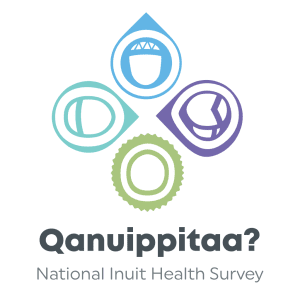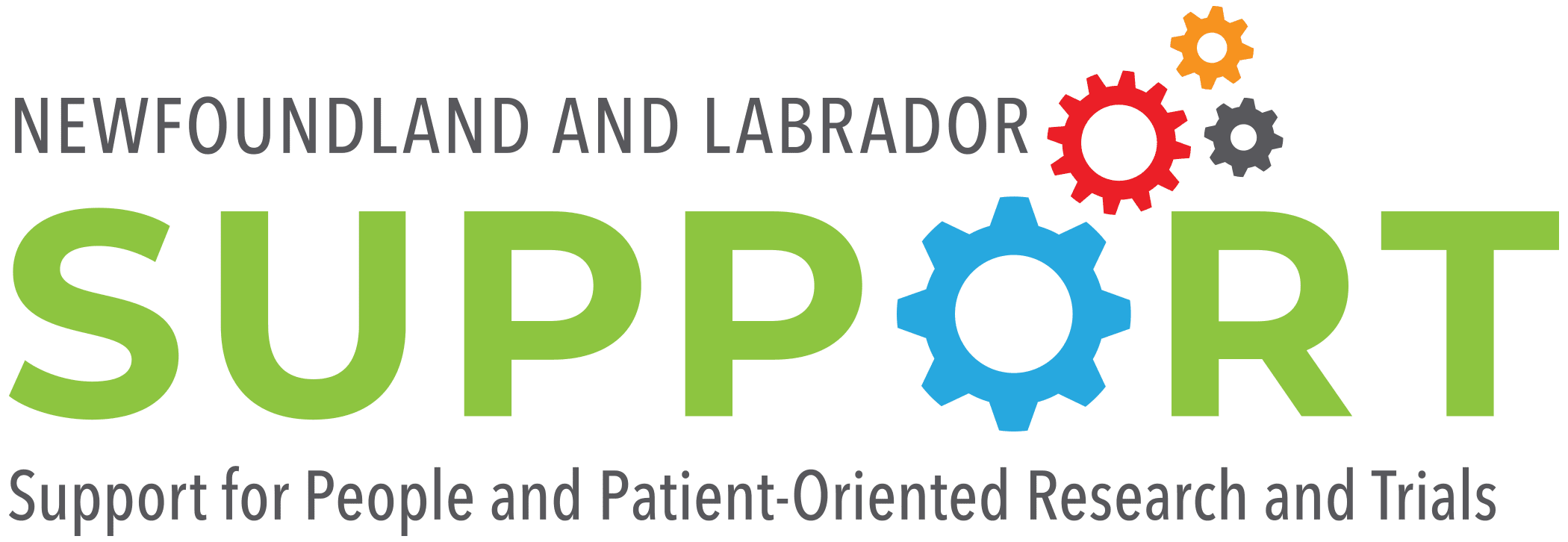Step 3: Deciding Your Research/Evaluation Plan
Have you considered the potential IDEA implications of your proposed research/evaluation question?
✔️ Are there variable groups who should be considered in your analysis plans? For a definition of “variables” in a research context, click here.
- For example: could belonging to a certain variable group increase or decrease a participant’s likelihood of experiencing/displaying a project outcome; could this outcome be obscured if you aggregated participants’ data; etc.?
- See Statistics Canada’s (2024) video series about “The Importance of Disaggregated Data”:
- Learn more about the importance of sex- and gender-based analysis in patient-oriented research:
- Read the George and Fay Yee Centre for Healthcare Innovation’s (2017) blog post
- Watch Health Data Research Network Canada’s (2024) webinar about “Using Sex & Gender in Routinely Collected Data”
- Learn more about Equity, Diversity and Inclusion in the Research System
✔️ Has sex, gender, and diversity been considered and included, where applicable, in the research design and process?
- These areas are evaluated in some grant applications.
✔️ Do you need to consider best practices for projects impacting specific groups in your research/evaluation plans?
- For example: when working with First Nations data, the principles of OCAP (Ownership, Control, Access, and Possession) should be considered in your data collection and management plans; if you are using data that includes International Statistical Classification of Diseases and Related Problems (ICD Codes), do you understand potential biases inherent in the use of these codes (see the Canadian Institute for Health Information Tips for Coders on ‘Homelessness’ for information about how this code is applied)?; etc.
How and from whom data are collected impact the information available in datasets. For example, in Canada, maternal mortality and morbidity data are not collected in the same way across the country. It is known that certain racial groups are likely to experience higher rates of maternal mortality and morbidity, however these data collection differences and the challenges related to race-based data collection might obscure this reality. See “Measuring Maternal Mortality and Morbidity in Canada”, “Racial Variations of Adverse Perinatal Outcomes: A Population-Based Retrospective Cohort Study in Ontario, Canada” and “Birth Outcomes Among First Nations, Inuit and Metis Populations” for more details on this issue.
Data management is also a consideration when working with non-First Nations Indigenous groups in Canada. See the example of the “Qanuippitaa? National Inuit Health Survey (QNIHS)” data management approach.









